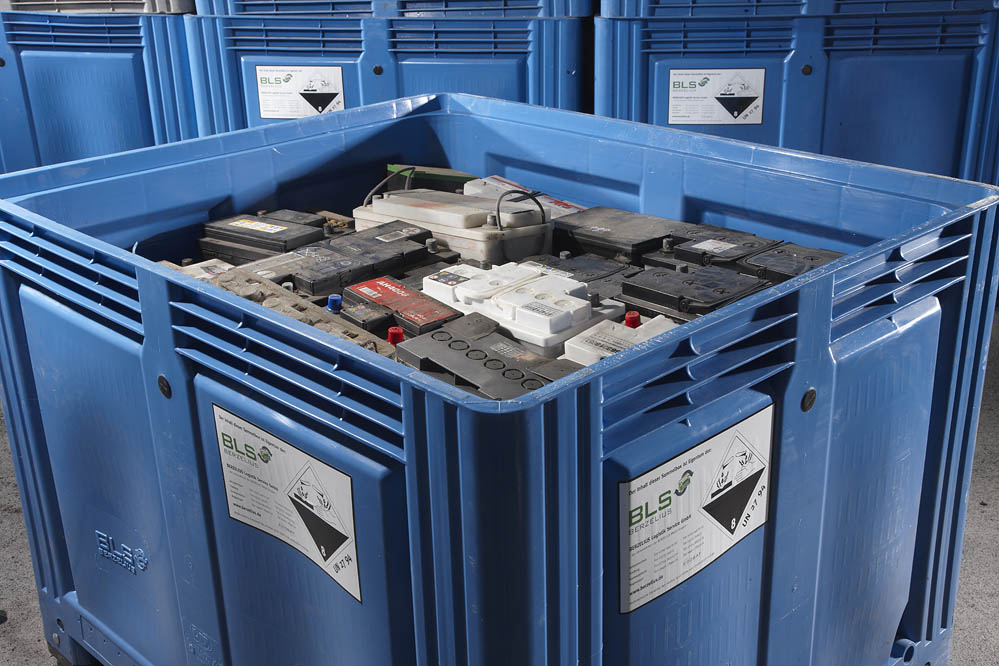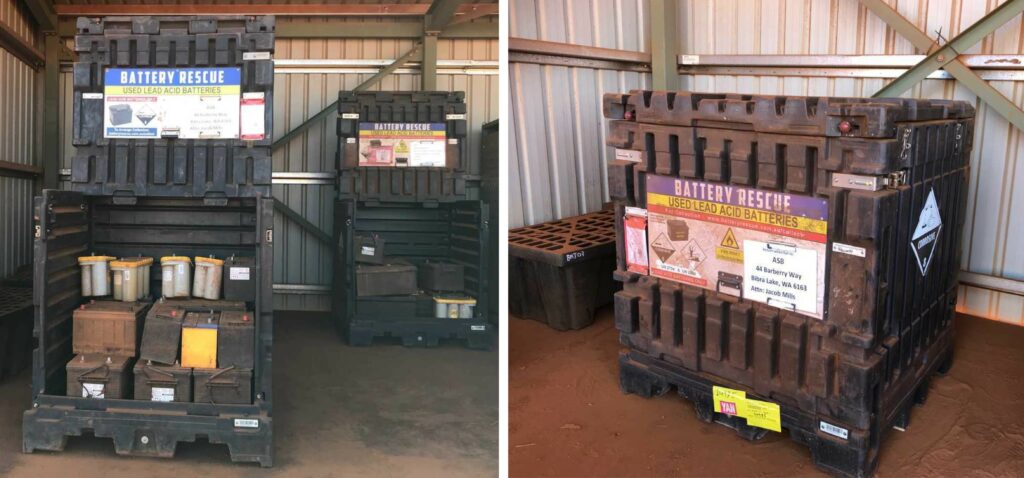New regulations governing the transportation of lead acid batteries (new & used) are set to be adopted around October 2020, in to the Australian Code for Transportation of Dangerous Goods by Road & Rail (ADGC). Originally scheduled for sign off in July, the National Transport Commission (NTC) has chosen to adopt the same Packing Instructions approved in June 2018, by the UN Subcommittee of Experts for the Transportation of Dangerous Goods.
The ADGC is maintained and updated by the National Transport Commission (NTC), with a competent authority in each state responsible for administrating the regulations.
Upon inclusion in edition 7.7 of the ADGC there is a 12 month period for users to adopt the new requirements into their work practices.
The new P801 Packing Instruction (PI) is shown below showing deletions from the current P801. This revised PI now clarifies provisions for transporting used lead acid batteries in plastics bins or containers and has removed the ‘additional requirements’ in the previous PI.
P801 PACKING INSTRUCTION
This instruction applies to UN Nos. 2794, 2795 or 3028
The following packagings are authorized, provided that the provisions of 4.1.1.1, 4.1.1.2, 4.1.1.6, and 4.1.3 are met:
(1) Rigid outer packagings, wooden slatted crates or pallets.
(2) Wooden slatted crates;
(3) Pallets.
Additionally, the following conditions shall be met:
(a) Batteries stacks shall be in tiers separated by a layer of electrically non-conductive material;
(b) Battery terminals shall not support the weight of other superimposed elements;
(c) Batteries shall be packaged or secured to prevent inadvertent movement;
(d) Batteries shall not leak under normal conditions of transport or appropriate measures shall be taken to prevent the release of electrolyte from the package (e.g. individually packaging batteries or other equally effective methods); and
(e) Batteries shall be protected against short circuits.
(4)(2) Stainless steel or plastics bins may also be used to transport used batteries.
Additionally, the following conditions shall be met:
(a) The bins shall be resistant to the electrolyte that was contained in the batteries;
(b) The bins shall not be filled to a height greater than the height of their sides;
(c) The outside of the bins shall be free of residues of electrolyte contained in the batteries;
(d) Under normal conditions of transport, no electrolyte shall leak from the bins;
(e) Measures shall be taken to ensure that filled bins cannot lose their content; and
(f) Measures shall be taken to prevent short circuits (e.g. batteries are discharged, individual protection of the battery terminals, etc.).
What are the Main Changes to the P801 Packing Instructions?
The revisions were primarily designed to clarify requirements for used or waste lead acid battery transport regulations, in either stainless steel or plastic bins. These changes were introduced to remove the ambiguity as to whether the “additional requirements” in the current P801 Packing Instructions applied to ULABs being transported in bins.
Transporting Used Lead Acid Batteries in Plastic Bins

If you are using plastic bins to transport lead acid batteries, similar to the one above, then consideration should be given to the following clauses:
2b) requires that “The bins shall not be filled to a height greater than the height of their sides”.
2e) requires that “Measures shall be taken to ensure that filled bins cannot lose their content”. As is usually the case the requirements are outcome based and not prescriptive, however one obvious solution is to secure a lid to the bin.
Uniseg’s Battery Transport & Storage Container (BTS), pictured below, contains a permanently attached lid, so automatically meets the requirements of clause 2b) and 2e).

2f) requires that “Measures shall be taken to prevent short circuits (e.g. batteries are discharged, individual protection of the battery terminals, etc.)”. In this case a couple of suggestions are offered as to how this requirement could be met, however these don’t appear to be very practical.
A simpler and more practical approach is to stack each battery in a vertical, upright position, whereby the plastic base of the battery is resting on the terminals of the underlying battery. Any risk of terminal touching each other and creating a short circuit can be eliminated by ensuring your batteries are packed sufficiently tight that they remain in the upright position during transport.
Steel case batteries and metal encased UPS’ require additional packing precautions as their metal cases can create a short circuit when resting on the terminals of an underlying battery. Possible options you might adopt include placing insulation material between the steel case and overlying battery or by stacking the steel case batteries on the bottom of the Bin so that they never make contact with other battery terminals.
This video demonstrates how steel case batteries can be stacked into Uniseg’s BTS Container while eliminating any the potential for a short circuit and resulting fire.


